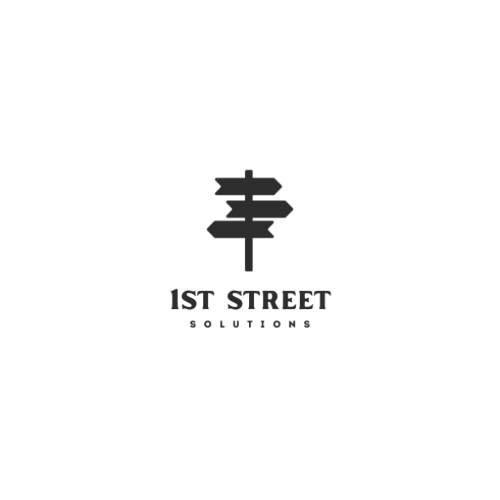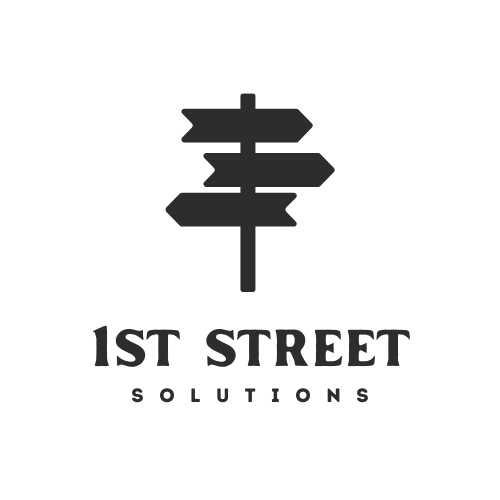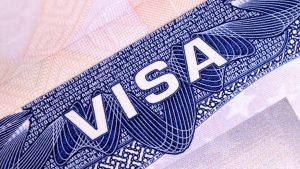Applying for a U.S. green card can feel overwhelming, especially when employer sponsorship or labor certification is involved. For many professionals, the NIW Green Card—National Interest Waiver—offers a more flexible and independent path. It allows eligible applicants to self-petition based on the importance of their work to the United States. In this guide, we’ll explain how the NIW visa works, what you need to qualify, and what to expect during the NIW processing time.
In this post, we’ll break down what the NIW visa really means, how long the NIW green card processing time typically takes, and smart strategies to navigate the journey — especially for those considering partnering with a trusted resource like GreenCardLink.
What Is the NIW Green Card?
The National Interest Waiver (NIW) falls under the EB-2 employment-based immigration category. Unlike the traditional EB-2 pathway, the NIW allows applicants to skip two major requirements:
- A permanent job offer from a U.S. employer
- The labor certification (PERM) process
The idea behind the NIW is simple: if your work has substantial merit and benefits the U.S. on a national level, you may qualify for a waiver of those requirements. This pathway is commonly used by researchers, healthcare professionals, engineers, entrepreneurs, and individuals with specialized expertise.
USCIS makes decisions based on the “Dhanasar framework,” which focuses on three criteria:
- Your proposed work has national importance and substantial merit.
- You are well-positioned to advance that work.
- Waiving the job offer and labor certification benefits the United States.
Who Can Apply for an NIW Visa?
To qualify for an NIW visa, you must first fit into the EB-2 category. This means you need either:
- An advanced degree (or its foreign equivalent), or
- Evidence of exceptional ability in your field
Beyond that, you must show that your work has a broader impact. This impact can be economic, scientific, cultural, technological, or related to public health or education.
Some common evidence used to support NIW applications includes:
- Publications and citations
- Patents or innovation records
- Media coverage
- Documentation of awards or achievements
- Letters from experts in your field
- Proof of leadership roles or major contributions
Each case is different, so the key is to present your achievements clearly and demonstrate their relevance to U.S. national interests.
Understanding NIW Processing Time
The NIW Green Card processing time varies based on several factors, including USCIS service center workload, whether premium processing is used, and your country of chargeability.
Below is a straightforward breakdown of what to expect.
1. I-140 Petition Processing
The I-140 is the main petition for the NIW. It establishes your credentials and the national interest of your work.
- Standard processing: Usually takes around 12–19 months.
- Premium processing: Speeds up the I-140 decision to approximately 45 days. This option is available but only affects the I-140 stage—not the green card availability.
Using premium processing does not shorten the overall green card wait time, but it does give you an earlier decision on your eligibility.
2. Adjustment of Status or Consular Processing
After the I-140 is approved, you move on to the green card stage:
- Adjustment of Status (I-485): For applicants already in the U.S. Typical wait time is 6–12 months.
- Consular Processing: For applicants outside the U.S. Timelines vary but often fall between 4–12 months depending on the embassy or consulate.
3. Visa Bulletin and Priority Dates
One of the biggest factors affecting NIW Green Card processing time is visa availability. Applicants from countries with high demand—such as India and China—may experience retrogression. This means even if the I-140 is approved, you might need to wait until your priority date becomes current.
Checking the monthly Visa Bulletin is essential to understanding where you stand.
Benefits of the NIW Pathway
The NIW route is appealing for several practical reasons:
Self-Petitioning
You do not need an employer to sponsor you. This is helpful for freelancers, researchers, entrepreneurs, and professionals pursuing independent work.
No Labor Certification
Skipping the PERM process saves time and avoids dependence on employer-driven steps.
Flexibility in Career Direction
Since the NIW is based on your field and contributions—not a specific job offer—you have more freedom to pursue opportunities that align with your long-term goals.
Potential Challenges to Consider
While the NIW offers advantages, there are also areas where applicants need to be careful:
High Documentation Requirements
USCIS reviews NIW petitions thoroughly. Presenting strong, well-organized evidence is crucial.
Demonstrating National Importance
It’s not enough to be good at your job. You must show the broader impact of your work.
Possible Delays Due to Visa Backlogs
Even with a fast I-140 approval, visa backlogs may affect how soon you receive your actual green card.
Tips for a Strong NIW Application
If you are planning to apply for an NIW Green Card, here are a few practical steps:
- Build a clear narrative explaining how your work supports U.S. national interests.
- Keep your evidence organized and well-documented.
- Obtain strong, detailed recommendation letters from recognized experts.
- Stay updated on Visa Bulletin changes.
- Consider professional guidance if your case is complex.
Conclusion: Is the NIW Visa Right for You?
The NIW Green Card is a valuable option for professionals whose work contributes meaningfully to the United States. It offers more independence than traditional employment-based pathways and is designed for individuals who can advance critical fields such as science, healthcare, technology, and research.
While the NIW processing time can vary, understanding each stage helps you prepare realistically and plan your next steps. If your skills align with national priorities and you’re ready to present a strong, well-supported case, the NIW visa may be an excellent pathway toward permanent residency.








